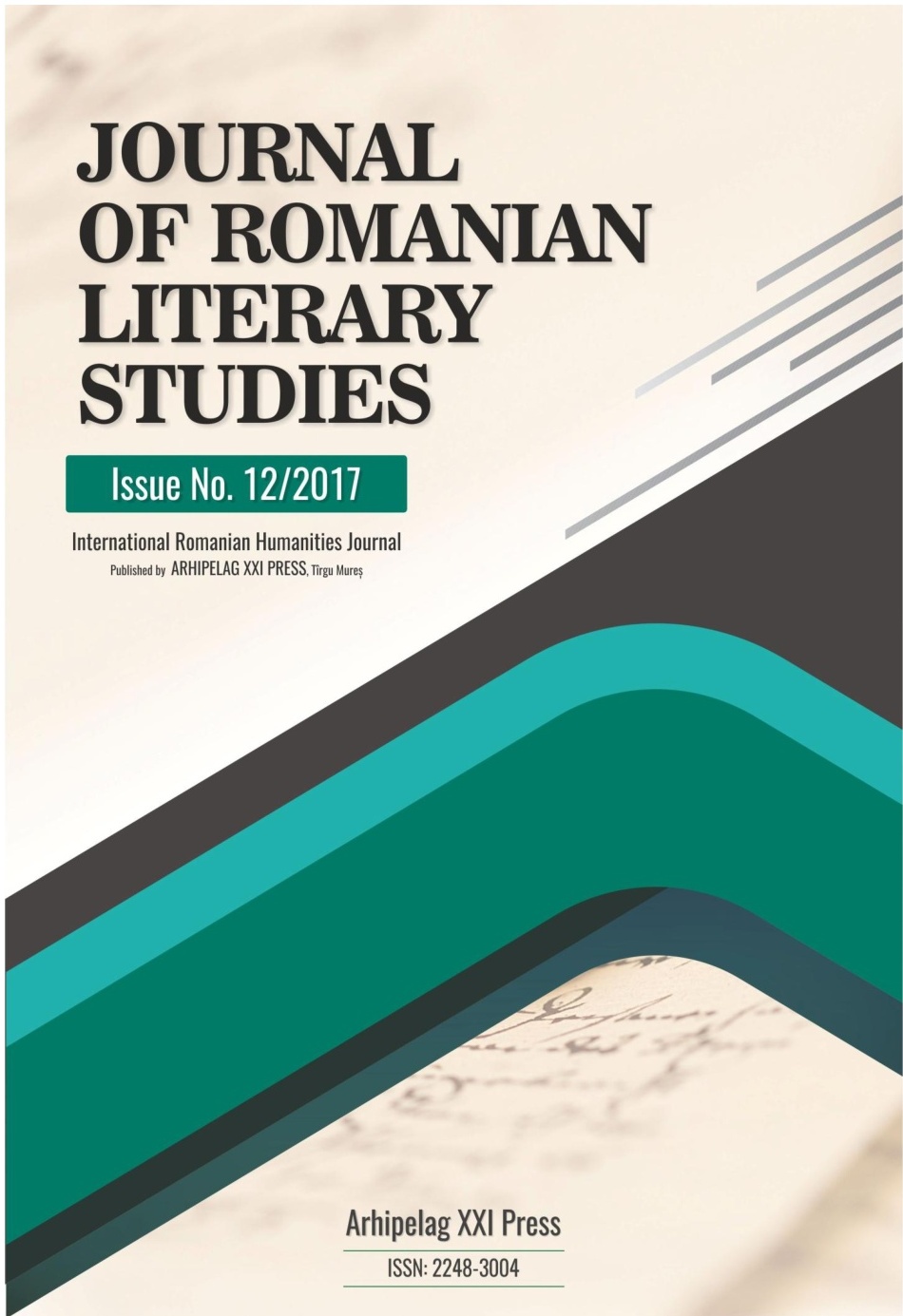EVIL SPACE IN DUMITRU RADU POPESCU’S CREATIONS
EVIL SPACE IN DUMITRU RADU POPESCU’S CREATIONS
Author(s): Olguţa-Monalisa PopescuSubject(s): Theatre, Dance, Performing Arts, Romanian Literature, Theory of Literature
Published by: Editura Arhipelag XXI
Keywords: truth; crossroads; space; nightmare; tears;
Summary/Abstract: The idea to write the present paper came from the desire to better, more profoundly, the universe of the prose of Dumitru Radu Popescu. The writer lives, and his epic work stretches over fifty years and is still open. D.R. Popescu's literary formula combines three elements: the taste for mystery and spectacle, a rich intrigue and the poetic, manifested in the preference for symbols. The latter are varied and cover a space of life where it is always about crimes, tragic love, events traveling, strange characters, even diabolical, evil animals. On one page, the prose writer concentrates all the nuances that ordinary existence can include, from assassination to the poetry of nature, with an impressive number of stories that the narrator's memory dilates, changing their meaning whenever they are resumed. Life thus appears as a confused, unfinished story, made up of an amalgam of deeds. At the end of the book, the histories are both troubled, contradictory, and the reader is forced to look for a sense and give a solution. Dumitru Radu Popescu has learned from the modern prose the taste of relativizing the narrative truths and its histories, quickly debited, in a colorful and embellished style, naturally speaking of unnatural events and of individuals who live in bizarreness. A character stands on the top of a poplar, holds a black umbrella in his hand, another handset and spies the village day and night. Another, drawing teacher, despising the forms of civilization, walks barefoot and gives good day to the cows, the cow being a holy animal. Noah, a woodcutter and a psychoanalyst of the village, builds a ship and looks confidently in the flood. It has a wooden leg and a glass eye; an alcoholic farmer walks with a goat after him, and when the goat gives signs of impassivity he kills her. Such facts occur in a natural life frame and do not degrade the realistic substance of the narrative, although its lines often move and, as in fantastic literature, there is a sense of rupture in the coherence of the structure.
Journal: Journal of Romanian Literary Studies
- Issue Year: 2017
- Issue No: 12
- Page Range: 103-108
- Page Count: 6
- Language: Romanian

